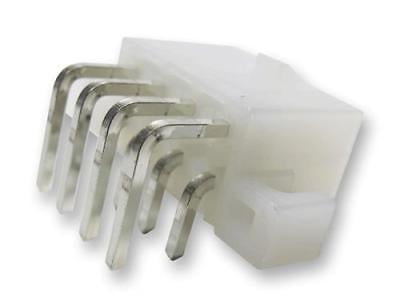
Glenn put two such H8s right at the head of the table to grab the attention of passing attendees, as even to the uninitiated, it was abundantly clear these computers were the result of some blended design. A properly outfitted H8 has the potential to be a retrocomputing dream machine. Members of the SEBHC such as Norberto Collado have developed an incredible array of expansion cards to fit the H8, such as memory upgrades, IDE controllers, networking interfaces, a USB controller that supports Mass Storage devices, and even a new CPU board that uses the Z80. Of course, if you’re fortunate enough to have an original H8 (or at least, parts of one), you can augment it with the newly developed components and expansions for the best of both worlds. Without the benefit of the original enclosure these machines can end up looking rather industrial, but the aesthetics are largely dependent on how far the person building the system wants to go. An H8-2000, with IDE drive and ATX PSU.ĭepending on which generation of PCBs you use, these are referred to as H8-2000s or H8-2020s by members of the community. With community developed PCBs and documentation, it’s possible to create a functional Heathkit H8 without having any of the original hardware. Since the H8 came in kit form and included complete schematics, members of the SEBHC have been able to create modern replicas that roll in various tweaks and improvements. They had some very interesting ideas about how a microcomputer should work, and made a number of improvements over the defacto machines of the day.
50 PIN MOLEX CONNECTOR CODE
That said, the H8 actually had a 1 kB ROM that contained enough code to boot the machine into a functional state, so the user didn’t need to key in a loader each time they started up like they would on earlier S-100 microcomputers.Ĭlearly, Heathkit wasn’t just looking to copy what the competition was doing. This allowed users to much more rapidly enter programs and examine memory addresses, although the address notation was somewhat less intuitive. The front panel did away with the distinctive binary toggle switches and LEDs of the Altair, and replaced them with an octal keypad and seven-segment LED displays. Operationally, the H8 also differed significantly from its competitors. In the default configuration this left a generous eight additional slots for expansion purposes, though the card in the last position needed to be of a reduced length or else it would hit the power supply. The first slot was naturally taken up by the front panel hardware, with the CPU board occupying the second.

The backplane was mounted on the right hand side of the H8’s enclosure, and could accommodate ten angled expansion cards. Hastily thrown together and based on military surplus 100-pin edge connectors, the S-100 bus had a number of known issues, so Heathkit decided to design a simplified 50-pin backplane design they called the Benton Harbor Bus. In perhaps the biggest departure from common microcomputers of the day, the H8 didn’t use the S-100 bus. While the Heathkit H8 might have been designed as a contemporary to the Altair 8800, and used the same Intel 8080 CPU, it was by no means a clone like the IMSAI 8080. Presented by Glenn Roberts, this collection of original and modern hardware demonstrated the incredible lengths to which this group of passionate Heathkit owners have gone to not just preserve the memory of these often overlooked computers, but to continue to improve upon the kit’s unique design. Tucked away in a corner at the 2021 Vintage Computer Festival East was an impressive exhibit dedicated to the Society of Eight-Bit Heath Computerists (SEBHC) called Heathkit: Keeping the Legacy Alive. While it might not have gained the notoriety of the microcomputers it was designed to compete with, the Heathkit H8 is certainly not forgotten.

Compared to the Apple II and TRS-80, both of which also launched in 1977, Heathkit’s machine seemed like the product of a bygone era. But by that point the home computing market had started to shift from a hobbyist’s pursuit to something the whole family could enjoy. So it’s hardly a surprise that in 1977, seeing the success of early home computers like the Altair 8800 and IMSAI 8080, Heathkit decided to join the fray with a computer kit of their own. From relatively simple radio receivers to oscilloscopes and televisions, the company offered kits for every skill level from the post-war era all the way up to the 1990s. Their legendary kits launched an untold number of electronics hobbies, and ultimately, plenty of careers. To say the Heathkit name is well known among Hackaday readers would be something of an understatement.


 0 kommentar(er)
0 kommentar(er)
